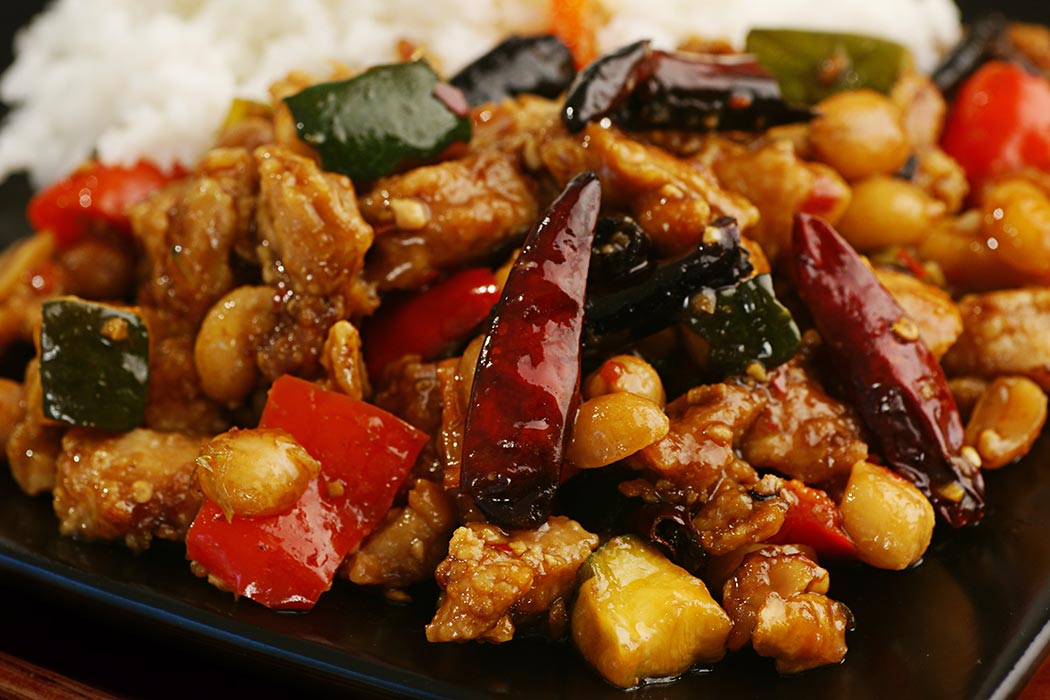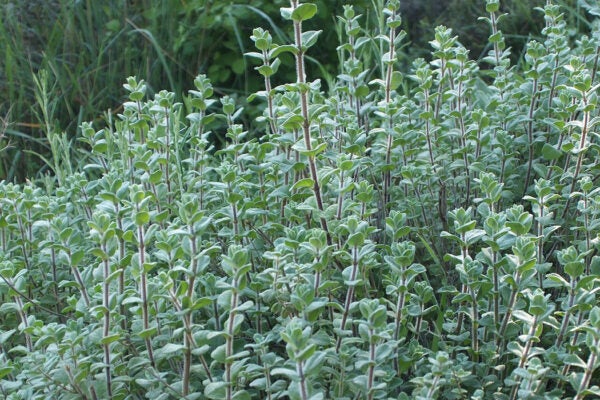A huge observational study conducted in China by Harvard researchers suggests that eating spicy foods more often reduces the risk of death. Moreover, the benefit was greater the more spice participants ate. The researchers did not study overall longevity, but found that the spicy food fans were less likely to die (of any cause) during the seven-year study than those who preferred bland food. Is there any possible mechanism at work, or is it coincidence?
It’s hard to say, but the use of spices in food has a long history, primarily as a preservative. In a fascinating article in American Scientist, Paul Sherman and Samuel Flaxman examine the antimicrobial properties of spices and their use in traditional recipes across a variety of cultures. The study focused specifically on plant products such as pepper or cloves, not minerals such as salt. They found that spices in concentrations typically found in cooking do indeed suppress harmful food-borne pathogens. Certain spices, such as chili peppers (the most common spice in the Harvard study), were particularly effective microbe killers.
Examining patterns of spice use, Sherman and Flaxman found a strong correlation between spices and temperature— the hottest countries (e.g., India, Malaysia) used the most spice and the coolest used the least. They also found higher uses of spice in meat recipes compared to vegetables, consistent with the preservative hypothesis (this finding makes alternative uses, such as covering up unpleasant tastes or cooling off through perspiration, less likely). Spices were used more liberally at lower altitudes, where temperatures, and the risk of spoiling, are presumably higher.
In fairness, this study is also correlative, and its truly conclusive finding is that Malaysian food sounds a lot more appealing to me than, say, Norwegian food. However, modern agricultural techniques have picked up on these findings. Capsaicin, the active ingredient in most spicy foods, is administered to chickens to reduce salmonella infection, without inhibiting growth or development of the birds.
To be blunt, the Harvard study is intriguing, but proves nothing. It is statistically highly likely that if a sample size is large enough, some sort of significance is guaranteed, and this study included 500k participants. With an age range of 30-79 spanning a nation as vast and diverse as China, it is impossible to rule out other explanations. Even the authors admit that there is no proof that spicy food was actually responsible for the trend in short-term death rates. The Harvard study did not address this, but history does suggest that spice provides some crucial protection— from harmful bacteria in the food itself. That’s not nothing.







